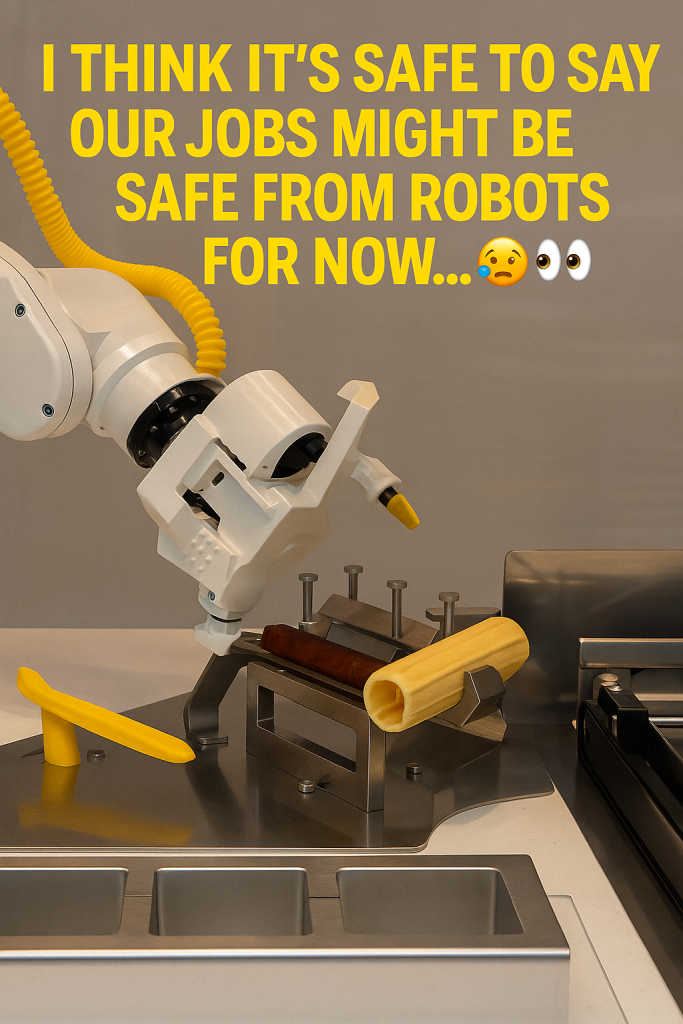The rise of robots and automation has long sparked fears about job security, with many predicting a near-future where machines replace humans in the workplace. Yet, as we move further into 2024, emerging data and expert analysis suggest that these concerns may be premature. It seems safe to say that our jobs might be safe from robots for now, much to the relief of workers worldwide — and maybe even with a little humor, as social media users joke about the current state of automation.
What does the latest research say? Several recent studies on the impact of automation and artificial intelligence on the workforce provide a nuanced perspective. While robots and AI continue to advance rapidly, their integration into the labor market isn’t leading to massive job losses as some fear. Instead, many sectors are experiencing a more gradual, mixed effect.
One key finding is that automation tends to augment human capabilities rather than outright replace jobs. For example, in manufacturing, robots have taken over repetitive or hazardous tasks, improving safety and efficiency, but human roles remain crucial for oversight, maintenance, and quality control. Similarly, in sectors like healthcare, AI assists with diagnostics and administrative tasks, but the human element of care remains irreplaceable.
Moreover, new technology adoption usually creates new types of jobs even as it phases out some old roles. Recent labor market data indicate that tech-driven industries continue to generate significant employment opportunities. Positions in AI management, robot maintenance, data analysis, and human-machine collaboration are increasingly in demand, requiring a workforce that adapts with enhanced skills.
Why the optimism? Economists point out that full automation of entire occupations is rare—most jobs include tasks that are complex, unpredictable, or deeply interpersonal, areas where robots still struggle. These challenges help explain why, despite headlines about “robots stealing jobs,” large-scale displacement remains limited.
Another factor playing in the favor of workers is the current push for responsible AI deployment. Both policy makers and companies are emphasizing ethical considerations, workforce retraining, and gradual implementation. Governments in several regions are investing in upskilling programs to prepare employees for evolving roles, ensuring that the human workforce is not left behind in the tech revolution.
On social media, this cautious but positive outlook has sparked witty commentary, such as the playful notion that “our jobs might be safe from robots for now,” accompanied by laughing emojis and knowing looks. This lightheartedness reflects a broader cultural acceptance that while automation is advancing, the imagined robot takeover remains firmly in the realm of science fiction—at least for the immediate future.
That said, experts warn against complacency. The nature of work will continue to evolve, and workers and employers alike must remain vigilant. Continuous learning, adaptability, and collaborative human-machine approaches will be essential to thriving in a mixed-automation economy.
In summary, 2024 paints a more balanced picture of automation’s impact on jobs. Instead of an all-or-nothing scenario, we’re seeing transformation that prioritizes human skills alongside robotic enhancements. So the next time you see jokes about robots “failing to take over,” know there’s factual truth beneath the humor—your job quite possibly isn’t going anywhere yet.



